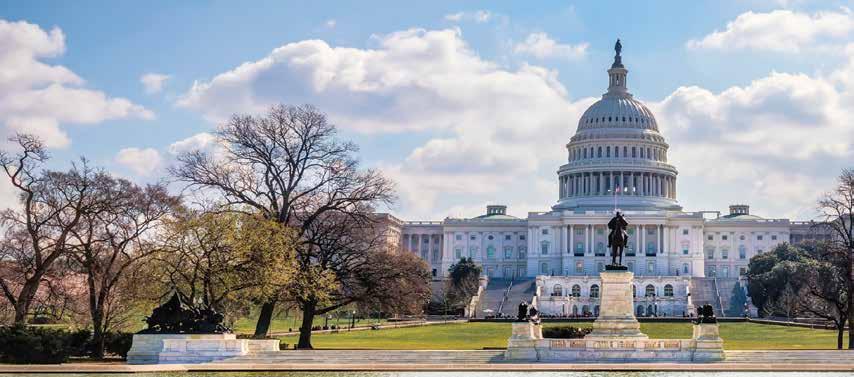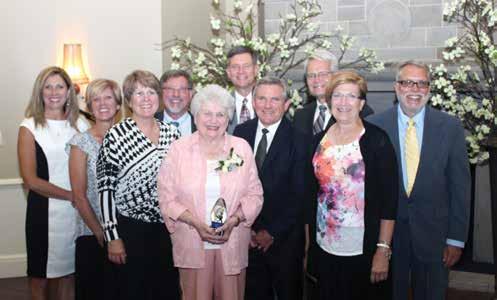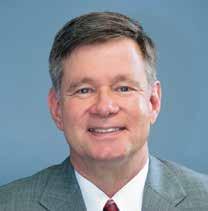Shining a Light on Loneliness Through those efforts, general practitioners in England will be able to refer patients experiencing loneliness to community activities and voluntary services by 2023. The practice is known as “social prescribing.” Here in the U.S., research has shown isolation and loneliness decrease productivity and job satisfaction. A study from the Center for Talent Innovation found that employees who feel they belong are three and a half times more likely to be motivated, productive and engaged.
How Meaningful Connections Contribute to Improved Health and Longer Lives
2
In the past 50 years, research into loneliness and social isolation has skyrocketed. Breakthroughs in genetics and immunology allow researchers to measure, with great precision, the impact of loneliness on long-term physical and psychological health.
Many have heard the alarming statistics:
It’s become a known, universal problem, one the U.S. Department of Health and Human Services labels an epidemic. As researchers better understand the connections between loneliness and health, more people are bravely proclaiming, “I am lonely.”
• One-third of people over age 45 are lonely.
|
UNITED CHURCH HOMES
|
• Loneliness and isolation can be as damaging to health as smoking 15 cigarettes a day. • Two in five Americans report that they sometimes or always feel their social relationships are not meaningful. • One in five Americans say they feel lonely or socially isolated.
Even before the COVID-19 pandemic, the levels of loneliness reported by all generations have led Great Britain to appoint a minister of loneliness whose job is to address the social determinants of health and well-being.
SPRING 2020
|
unitedchurchhomes.org
Loneliness is costly for the economy. The National Institute for Health Care Management attributes an estimated $6.7 billion in annual federal spending to social isolation in older adults. Another study by AARP found socially isolated older adults incur $134 more per month in Medicare costs ($1,608 per year) compared with the average Medicare user. Communities are beginning to rally around their most at-risk members, including older adults. How did we get here, and what can we do to change course and provide a sense of belonging to those around us? Unfortunately, loneliness and mental illness carry a stigma that keeps those suffering from seeking help.
Defining Loneliness and Social Isolation In her 2014 book, “The Village Effect: How Face-to-Face Contact Can Make Us Healthier, Happier, and Smarter,” Susan Pinker defines loneliness as, “the feeling of being bereft, deprived of intimacy, of hungering for companionship.”












